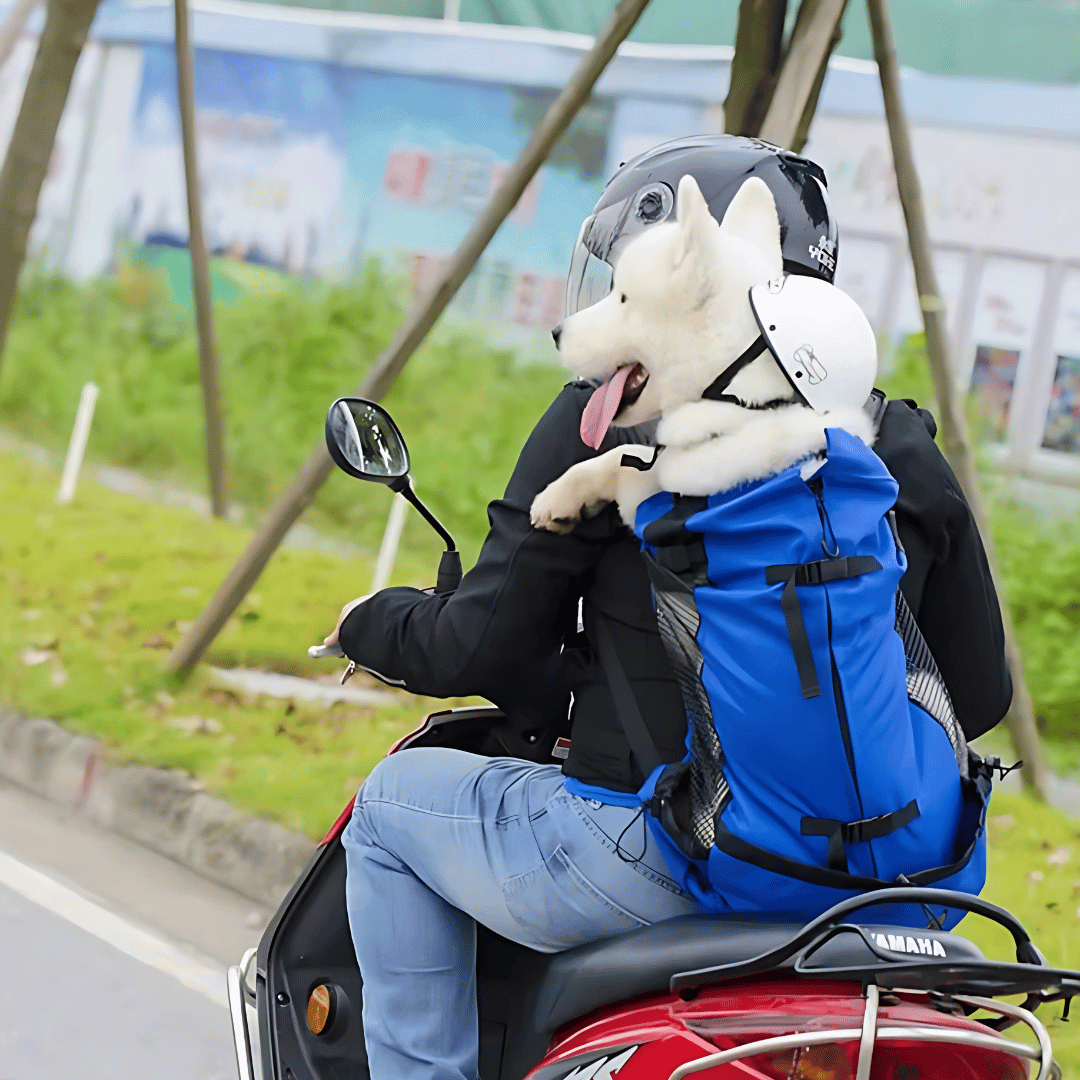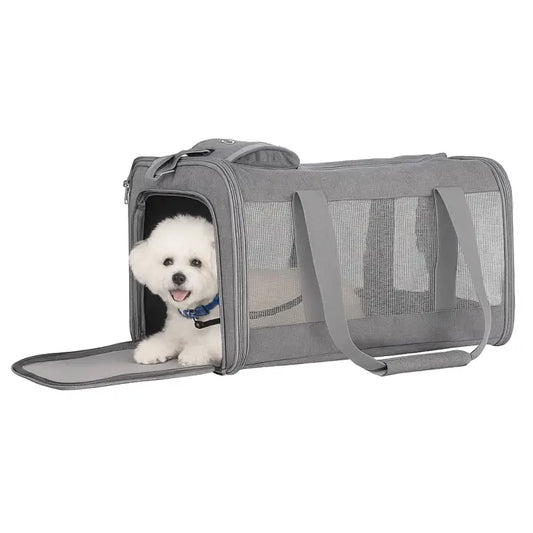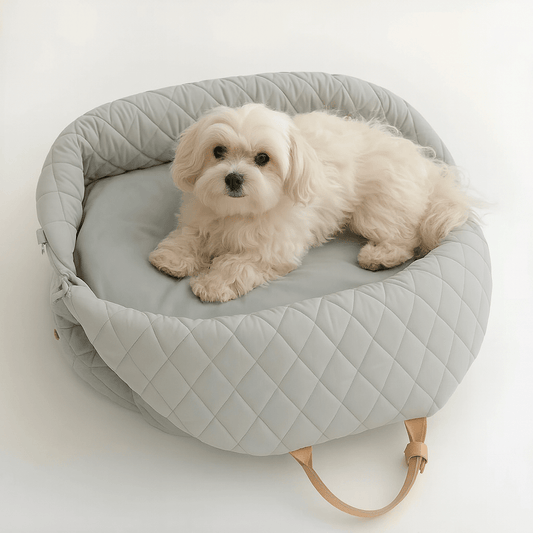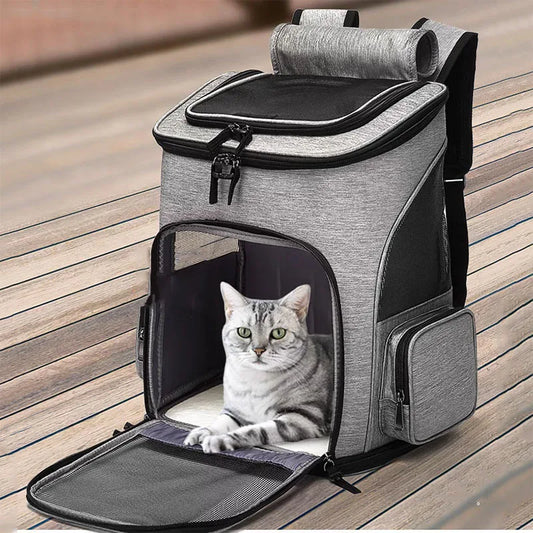
Fly Stress-Free: Top Airline-Approved Pet Carrier Picks!
Share
Understanding Airline Pet Travel Regulations
Traveling with your furry companion requires careful planning, especially when it comes to air travel. Airlines have specific requirements for pet carriers to ensure the safety and comfort of all passengers—both human and animal. Before selecting a carrier, familiarize yourself with your airline's pet policy, as regulations can vary significantly between carriers.
Most airlines mandate that pet carriers fit under the seat in front of you, provide adequate ventilation, and secure closures to prevent escapes during turbulence or handling.
Airline-Specific Dimension Requirements
When selecting an airline-approved pet carrier, dimensional specs matter. For instance, Southwest Airlines permits 18.5" x 13.5" x 8.5", while JetBlue allows 17" x 12.5" x 8.5". Even an inch can mean a smooth check-in or a last-minute scramble.
“Always verify your airline’s current pet policy within 48 hours of your flight to avoid surprises.” – Veterinary Travel Association
Essential Features of Quality Pet Carriers
Choose carriers made from durable materials with mesh panels for airflow, padded interiors, and waterproof bases. Look for reinforced seams, secure zippers, and sturdy handles.
Add-ons like safety tethers, expandable sides, or extra storage elevate your travel experience.
Comfort and Security Elements
| Feature | Benefit |
|---|---|
| Expandable sections | More space during layovers |
| Security locks | Prevents accidental openings |
| ID tag holder | Easy pet identification |
Preparing Your Dog for Carrier Travel
Acclimate your dog to the carrier well before travel day. Use positive reinforcement: feed inside the carrier, use treats, and gradually increase time spent inside.
- Place familiar bedding or toys inside
- Practice carrying your pet around the house or block
- Simulate travel with noise and movement
Reduce feeding a few hours before takeoff and provide water as needed. With preparation, your carrier becomes a familiar, calming space—not a source of stress.





